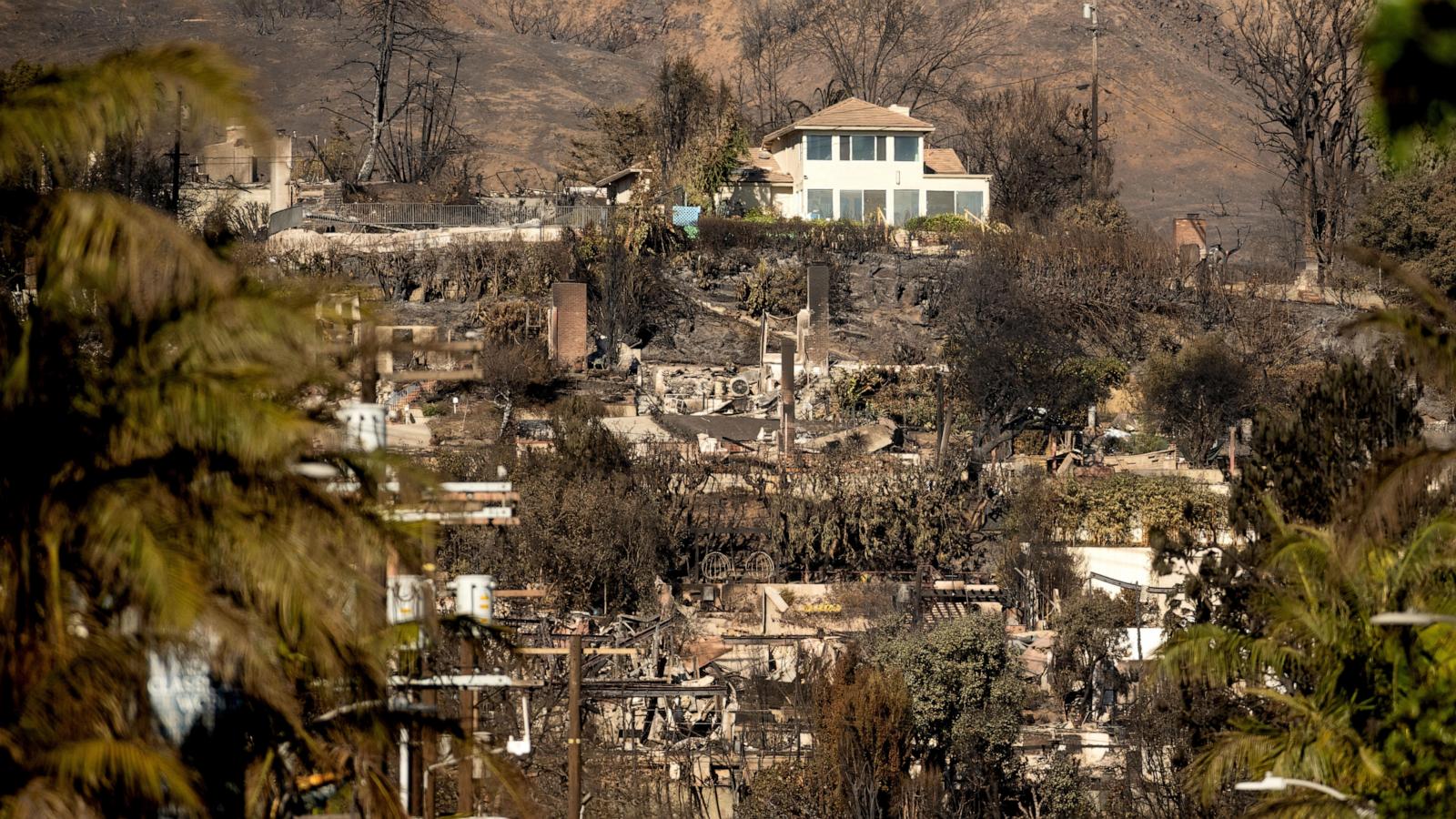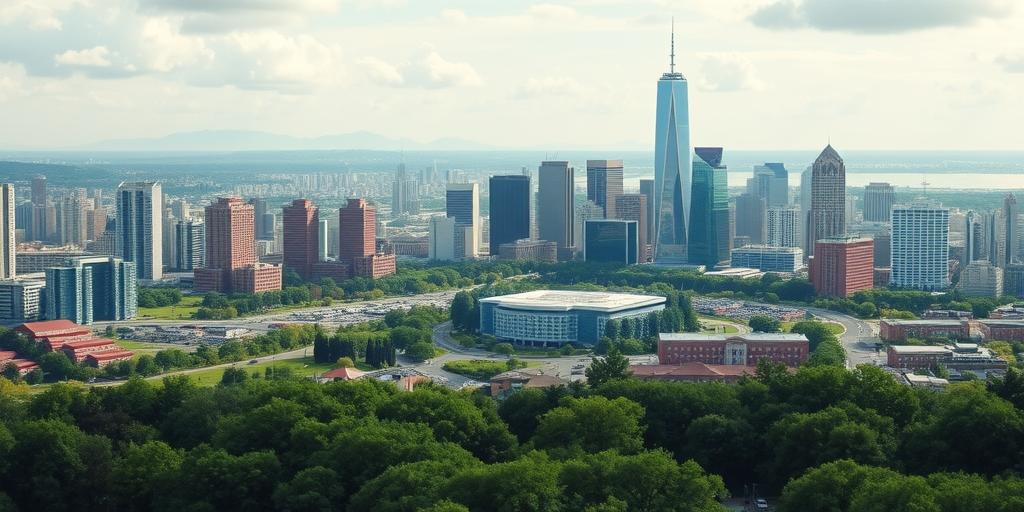
Surviving the Inferno: Build a Fire-Resistant Home
Surviving the Inferno: How to Make Your Home Fireproof in Wildfire Country
Wildfires are becoming increasingly common, leaving many homeowners wondering if their homes are safe. In the aftermath of devastating blazes, some houses inexplicably survive while their neighbors are reduced to ashes. Is it just luck? Absolutely not! While some chance is involved, proactive measures can dramatically reduce your home's vulnerability to wildfire damage. Let's explore the science and strategy behind making your home a fire-resistant fortress!
The Science of Fire-Resistant Homes
The devastation caused by wildfires, with images of burnt homes next to miraculously surviving ones, is shocking. The truth is that fires don't strike randomly; understanding how flames spread is crucial to making your home more resilient. Multiple factors influence a home’s susceptibility. The spread is affected by several factors, such as wind direction and the combustibility of surrounding materials. However, architectural design, building materials, and preventative measures all play an essential role.
Embers, Wind, and the Path of Least Resistance
Think of fire like a hungry beast seeking the easiest path. Embers are its scouts, leaping from roof to roof, tree to tree, igniting new fronts. The wind is the beast’s breath, pushing flames in unpredictable directions. Understanding this helps you minimize vulnerabilities.
Material Matters: Choosing Fire-Resistant Building Products
Building material choices play a pivotal role. Wood siding, though aesthetically pleasing, is highly flammable. Even with fire-resistant barriers like gypsum, it remains a risk. Experts suggest fire-resistant materials such as stucco or cement-based exteriors. Stucco is known to be one of the most resistant materials. For roofing, metal offers a non-combustible choice but needs a protective gypsum layer to mitigate heat transmission.
Defending Your Home's Perimeter
Protecting your home from fire goes beyond just the structure itself. The landscaping and surrounding features also are critical components to protecting the home.
Landscaping for Fire Safety
Creating a defensible space around your house is vital. Remove dry leaves, branches, and other combustible materials. Replace flammable landscaping with fire-resistant plants, maintain a cleared zone around your property, and strategically space out trees and vegetation.
Strategic Use of Windows and Vents
Windows are notorious weak points in wildfire defense; double or triple-pane windows provide a considerable heat barrier. Installing fire shutters that close automatically is a significant addition. Proper ventilation is necessary but must be designed carefully to prevent the fire from getting in, which is exactly what you want to prevent.
Advanced Fire Protection Strategies
Consider these extra steps for maximum protection.
Roof Design and Construction
Simple roof lines make it more difficult for burning embers to accumulate. Moreover, Class A fire-resistant roofing materials, coupled with proper insulation and sealing, decrease heat transfer into the home and eliminate vulnerable ventilation points.
External Sprinkler Systems
External sprinkler systems aren't common yet, but are quickly gaining popularity. This will greatly decrease the risk of the home getting engulfed.
Water Storage for Self-Sufficiency
Think ahead. Have a backup water source; tanks can store enough to put out spot fires around your home before the main fire arrives. Your own fire-fighting abilities increase your survival potential.
Take Away Points
Protecting your home from wildfire damage is a comprehensive process. By making informed decisions about building materials, landscaping, and employing advanced fire-protection strategies, you can significantly reduce the risk of wildfire destruction. Your peace of mind, not to mention the survival of your home, will thank you for the effort. Remember to consult local building codes and fire safety professionals for customized guidance tailored to your region and specific conditions.








